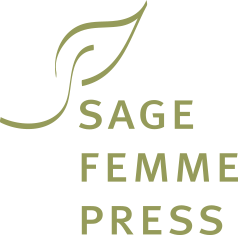I was seven or thereabouts when I wrote what I think was a poem inspired by the words on a wooden plaque that hung above my bed: Put God First. I clearly recall writing it but have no recollection of what the poem said. I was not one of those child prodigies who fill notebook after notebook with stories and poems. In fact, I produced no further work until, at age 12, my story about frontiersman Davy Crockett and a bear (my twist on a popular folktale and song from the1950s) hit the kid’s page of the local newspaper and earned me $2. The next impulse to write did not surface until, in my 20s, sitting in the San Francisco Mission making a sketch of the arch in the sanctuary, I began writing words that took the shape of a poem: Cold antique silence / shattered by an irreverent whisper….
I produced a few other poems during that decade along with a couple of short stories, best forgotten even though one of them earned me a scholarship to the Bread Loaf Writers Conference in Vermont. Rather, I was encouraged by my boss to do professional writing—first journal articles and essays, then, at age 37, a textbook on international nursing. Still, I’d never felt destined to be a writer until, in my 30s, I experienced an irresistible pull toward poetry. I signed up for workshops, sent work out, had a few poems accepted, then, at 49, published a chapbook combining narrative poems arising from my experiences as a nurse in a small urban clinic along with haunting photographs of some of our patients taken by Jim Hall, the physician with whom I worked. I’ve published four books of essay and poetry since then. The fourth, in my 70s, is likely my last.
Will I finally lose my desire to put purple ink on a yellow legal pad or occasional entries into one of a variety of journals I keep? No. This one thing I’ve learned—though I don’t pretend to know just how it began—I will always have the habit of art.
